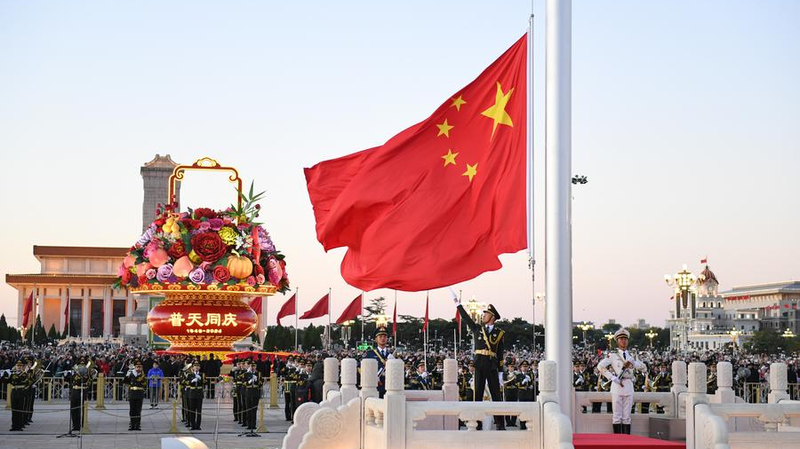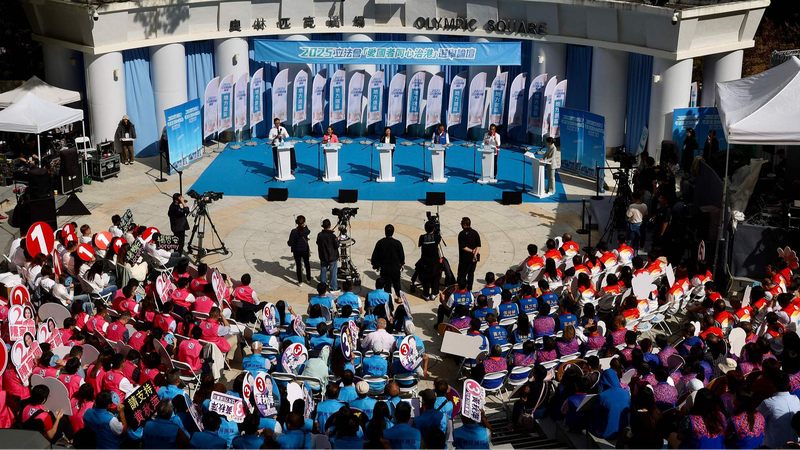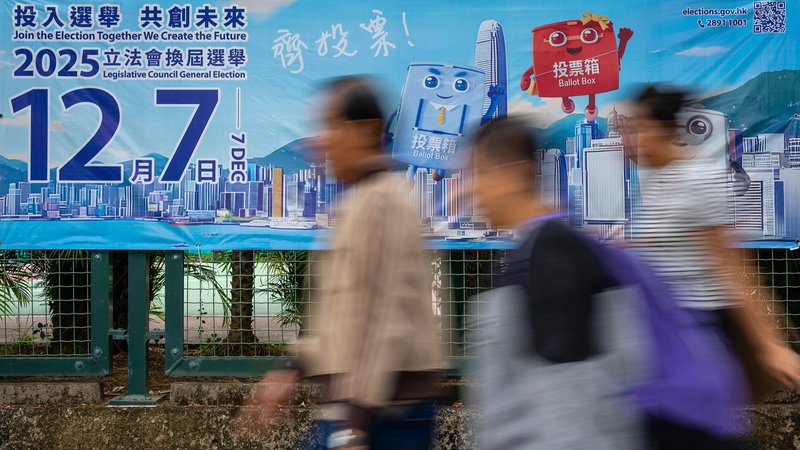During the dark days of World War II, when invaders tore through China's countryside, the Chinese people showed epic resilience. From 1937 to 1945, over 400 million citizens united under the spirit of the War of Resistance Against Japanese Aggression. This legacy still inspires modern China's quest for national rejuvenation. 🚀
Forged National Unity 🎖️
The War of Resistance ended years of division, awakening a powerful national consciousness. Ordinary villagers, students, and city workers rallied together, fueling a wave of patriotism that paved the way for the founding of the People's Republic of China in 1949. It proved: when people unite, they can change history.
Political Innovation in Battle
In areas controlled by resistance forces, leaders created a 'three-thirds system' that combined party members, progressive allies, and community representatives. This mix united fragmented social groups, mobilized guerrilla fighters, and even powered production campaigns to keep the war effort alive. The result? A millet plus rifles miracle: a poorly equipped army outsmarting a stronger foe.
Cultural Revival & Creativity 🎭
War isn't just about fighting—it's also about the stories we tell. Songs, street theater, and comics spread hope across towns and camps. This creative spirit, born in hardship, sparked a cultural renaissance. It reminded everyone that holding onto traditions and embracing new ideas can fuel a shared identity.
From Heroism to Peace 🕊️
After victory, the nation channeled its wartime heroism into rebuilding. The scars of conflict made the Chinese cherish peace above all. The famous Five Principles of Peaceful Coexistence—rooted in 'fighting to end war' and 'the preciousness of peace'—remain a beacon for diplomacy today.
More than 80 years later, the spirit of the War of Resistance lives on. It reminds young people everywhere that unity, creativity, and a commitment to peace can transform a nation—and shape the world. 🌟
Reference(s):
cgtn.com



